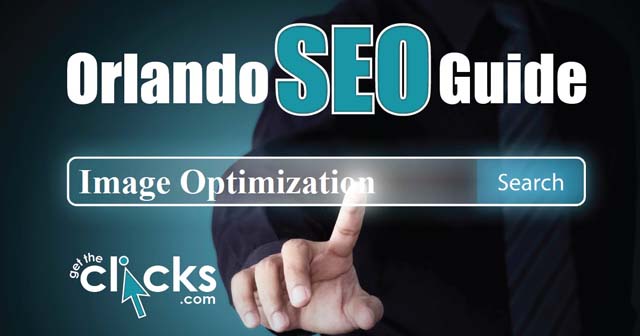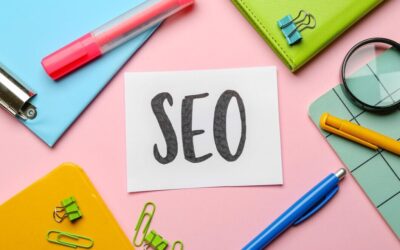A lot can be said about web performance and images. Get The Clicks aims to offer people an overview of critical aspects of image optimization to help with your Orlando SEO efforts.
Why Image Search Matters
Although there are no official numbers, people everyday use Google images to discover and explore content on the web visually. According to Moz, image search represents approximately 27% of all queries generated across web search properties. Not too long ago, Google updated the “view image” button from image search to “visit page.” As a result, analytics has shown sessions specifically driven from image search and content visibility increased. In addition to supporting content and improving user experience, image is an essential source of traffic and should not be overlooked.
Correctly Naming and Describing Images for SEO
One of the easiest and overlooked optimization opportunities is the naming of the image file. Your images should use a few keywords for which the image could rank for. Image alt and title attributes are the next simplest setting that helps images rank higher in search. They also build the pages’ relevancy and improves the user’s experience. When it comes to image links, those attributes also provide content to search engines regarding the destination page, which will help improve its rank. Unlike file names, write these attributes in a grammatically correct manner. Alt attributes are accessible by software and screen readers, and title attributes appear when visitors hover over your image.
Choosing the Right Image Formats, Sizes, and Dimensions
Image file size can dis-proportionally affect page load times. Therefore, it’s essential to get it right. JPEGs are usually more SEO-friendly rather than PNGs. Especially if you don’t require transparent backgrounds since they offer better compression levels. If you have logos and other high-resolution, computer-generated graphics, these normally use the vector-based SVG file format. The GIF format should be reserved for simple animations that don’t need wide color scales. For large and lengthy animated images, it would be better to use a true video format instead, since it allows for video sitemaps and schema.
Properly Hosting and Caching Images
Not only can images significantly increase page load times. They can also increase the number of requests made to the server before the browser can finish loading the page. Along with competing with other crucial resources, it can further slow-down the page.
Properly Loading Images on Your Pages
Images can also slow down a page due to their file format, file size, and quantity. They can also slow down a page based on how images are being loaded on your page. Although the latest HTTP/2 network protocol improved the process of loading multiple images at once. Lazy loading below-the-fold images can offer better performance for long-form media-heavy articles or image galleries. The lazy loading method allows the page to finish loading even though many off-screen images will start loading once a visitor has scrolled down the page. Also, lazy loading can improve your site speed. However, it can negatively impact your image indexing if it’s not utilized correctly.
Conclusion
When it comes to images, there is more than meets the eye. Most of the time, these are overlooked and underestimated. Images on the web have been getting more attention over time due to their importance. They support user experience and content to enabling users to find more products directly from image search itself visually. Image optimization and implementation can vary greatly depending on your business type and goals.
Stephan Boehringer is the CEO of Get The Clicks, a web marketing company. Stephan has over 20 years of experience in the field of web marketing, and has been a speaker and consultant for many years. Stephan is passionate about web marketing and helping their clients be the best they can be.
Stephan Boehringer graduated from the University of Florida with a Bachelor of Science in Business, Management, Marketing, and Related Support Services.




